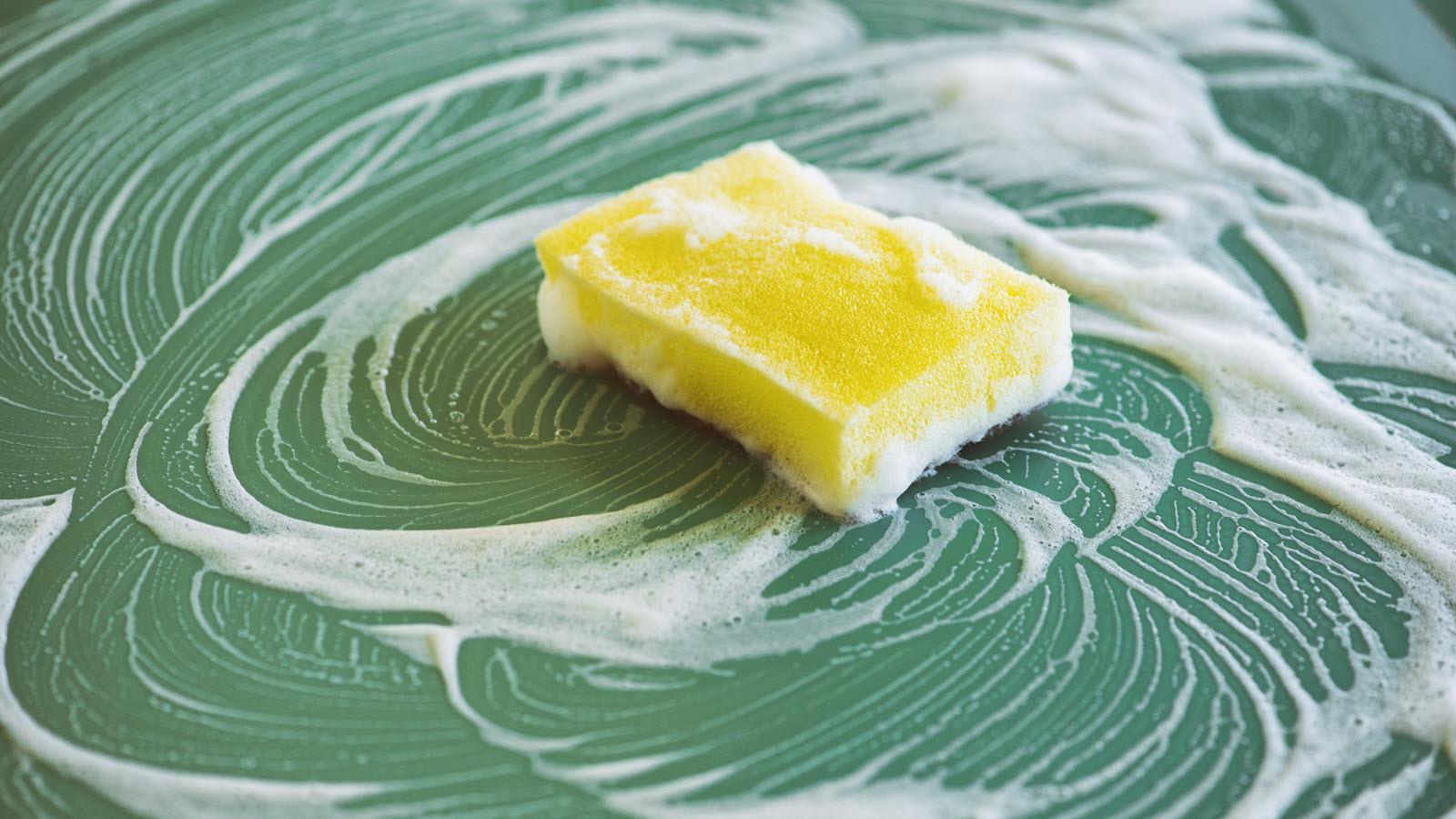If you’re still confused about how to disinfect surfaces, like doorknobs and kitchen counters, new COVID-19 research done by CSL Behring scientists offers reassuring news: Soap works.
A team of scientists in Marburg, Germany, where CSL Behring has a large facility for research and manufacturing, contaminated various surfaces with the novel coronavirus (SARS-CoV-2) to test the effectiveness of 70% isopropyl alcohol (isopropanol); 70% ethanol; 0.1% hydrogen peroxide; and 0.1% sodium laureth sulfate – found in many commonly available household soaps.
The good news is that all four worked at the tested concentrations, including sodium laureth sulfate. If you check the ingredients in your dish soap or shampoo, chances are it contains sodium laureth sulfate.
“Within a minute, any combination we tested, the virus was killed,” said Eleonora Widmer, CSL Behring’s Senior Director of Global Pathogen Safety. “It was really reassuring. That’s what we were hoping to find.”
All the chemicals that were applied, including sodium laureth sulfate (soap), reduced the virus to undetectable levels on surfaces that were left wet for 60 seconds, rendering SARS-CoV-2 incapable of further infecting individuals. The team tested stainless steel, plastic, PVC and glass. (They did not test soap on cardboard because it would cause cardboard to degrade, Widmer noted.)
The team’s research will be published soon in the peer-reviewed Journal of Hospital Infection.
See the article: Rapid SARS-CoV-2 Inactivation by Commonly Available Chemicals on Inanimate Surfaces
Keeping surfaces clean, of course, is only one line of defense against COVID-19, which is transmitted in the air by large and small droplets. Wearing masks, social distancing and good ventilation are part of a layered approach to keeping safe. According to the United States Centers for Disease Control, the virus is most often spread when it is inhaled. It’s possible to get infected by touching a contaminated surface, but this is not the main way the virus is spread, the CDC says.
The CDC and the World Health Organization continue to recommend hand washing and cleaning frequently touched surfaces.
Widmer and the research team hope their work will help reinforce the best practices public health authorities recommend – and give assurance that people can use common soap to clean up at home.
While there’s been research – widely circulated – about how long the coronavirus persists on various surfaces, Widmer and her colleagues saw a gap. More work was needed to determine which disinfectants killed the virus on surfaces and how well they worked. Previous studies tested how disinfectants inactivated the virus in liquid, Widmer said. And several studies have shared disconcerting data about how the virus can remain viable on surfaces for days or even weeks, though it’s unclear if those persistent virus particles can still infect people.
Before beginning the study on surfaces, the CSL Behring R&D team in Marburg had already done research on SARS-CoV-2 to guard the safety of CSL Behring products, which include medicines derived from human plasma. CSL Behring is a global biotech that develops medicines for people with rare and chronic diseases. Product safety is critical for all patients, and especially so for people who are at increased risk of getting seriously ill from COVID-19.
To protect people and products from pathogens, including the virus that causes COVID-19, CSL Behring employs dedicated virus clearance steps during manufacturing as well as personal protective equipment, clean rooms, air filtration and other strategies.
With the surface study, the CSL Behring scientists hoped to offer new information that would advance public health during the current crisis, Widmer said. For her own household, Widmer said it was difficult to find antiseptic wipes, just as it was in the United States, where some cleaning products remain in short supply. The World Health Organization and other authorities recommended bleach and alcohol-based disinfectants, which aren’t always practical or easy to find.
The CSL Behring team was practical in their choice of surfaces. They tested cardboard because of the increased use of takeout containers, plastic because it’s used for face shields and cotton fabric because it’s a popular material for reusable face masks.
About that mask: The new data reinforce the recommendation that they should be washed regularly. When the team tested sodium laureth sulfate (soap) on cotton fabric – even without the agitation of a washing machine –the virus was inactivated within a minute, Widmer said.
In addition to Widmer, authors of the study include:
Nathan Roth, CSL Behring Vice President for Plasma Product Development R&D
Professor Stephan Ludwig, Westfaelische Wilhelms-University Muenster, Institute of Virology
Members of the Global Pathogen Safety team: Michaela Gerlach, Bjoern Keiner, Wolfram Schaefer and Svenja Wolff



